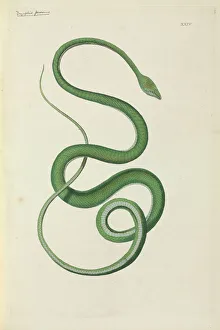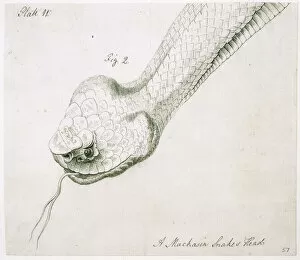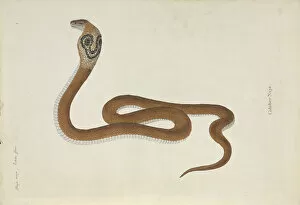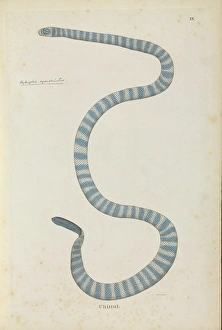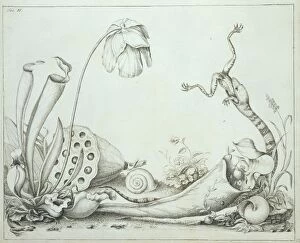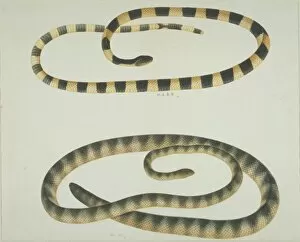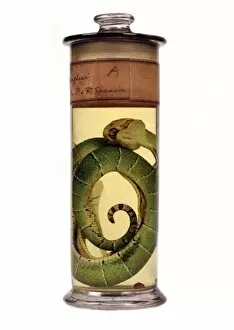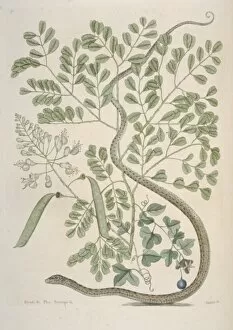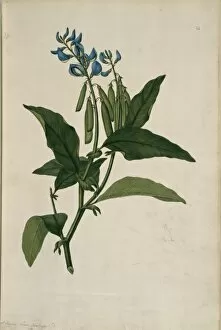Caenophidia Collection
Caenophidia, also known as advanced snakes, is a diverse group of reptiles that includes various species with fascinating characteristics
All Professionally Made to Order for Quick Shipping
Caenophidia, also known as advanced snakes, is a diverse group of reptiles that includes various species with fascinating characteristics. One such member is the Ahaetulla prasina, commonly known as the Short-nosed vine snake. With its slender body and vibrant green coloration, it perfectly blends into its natural habitat. Another intriguing caenophidian is the Bungarus fasciatus or Banded Krait. This venomous snake showcases distinctive black and white bands along its body, serving as a warning to potential predators about its potent venom. In contrast to the Banded Krait's bold appearance, we have the Agkistrodon piscivorus or cottonmouth snake. Found in North America's wetlands, this semi-aquatic serpent possesses a dark complexion and an open-mouthed display when threatened – revealing its namesake "cottonmouth. " The Naja naja or Indian cobra is another captivating member of Caenophidia. Known for their iconic hooding behavior and deadly neurotoxic venom, these cobras demand respect from both humans and other animals alike. Venturing into aquatic realms brings us to Hydrophis cyanocinctus – the Annulated sea snake. Adapted for life in water with paddle-like tails and flattened bodies, these serpents are highly efficient swimmers capable of hunting prey beneath ocean waves. On land, one can encounter Philothamnus irregularis – the western green snake. Its bright green scales provide excellent camouflage amidst foliage while preying on insects with lightning-fast strikes. Amongst caenophidians found in captivity are Puff adder C016 / 6094; Western green snakes C016 / 5880 & C016 / 5879; Egyptian cobra C016 / 5844; Trimeresurus albolabris or bamboo pit viper captivate enthusiasts worldwide with their unique appearances and behaviors within controlled environments.

